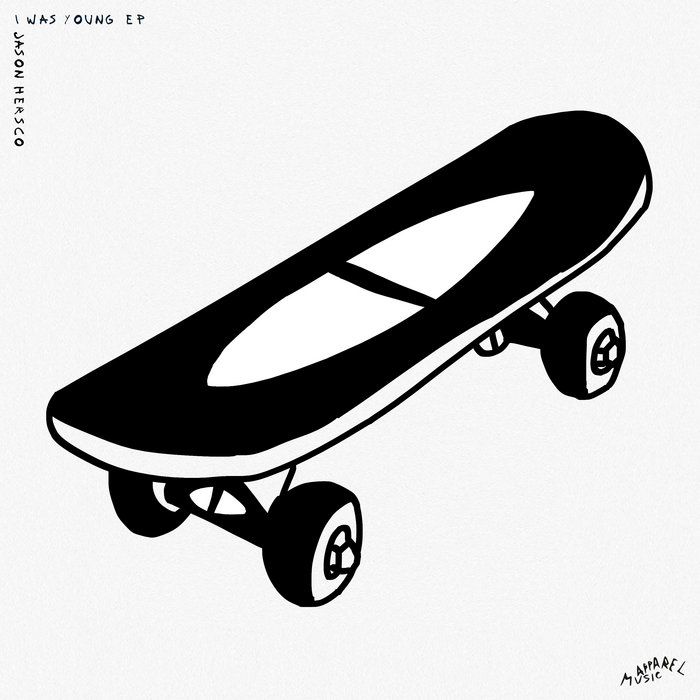
I Was Young – Jason Hersco
this blog is GROOVY – check out great Soul, Funk, Jazz, Hip Hop, Bass, Breaks , Reggae, House n many more TUNES
Hey there, music lovers! Let’s take a funky stroll through the whimsical world of apparel music—a genre that combines catchy tunes with fashion flair. Yep, you heard that right! This is where melodies meet wardrobe wizardry, and it all started with the grooviest intentions. So grab your headphones and let’s dive into the colorful history of apparel music!
Apparel music didn’t just pop up outta nowhere; it has its roots planted deep in the rich soil of musical creativity during the late 20th century. As musicians began to dabble in various themes—love, heartbreak, partying—they stumbled upon an unexpected muse: clothing.
When artists started using their lyrics to discuss not just life but also what they wore while living it, things got interesting. From spandex jumpsuits to plaid shirts, apparel became part of their stories.
In the vibrant decade known for disco balls and bell-bottoms, musicians embraced clothing as a form of self-expression. Think about iconic bands like Kiss strutting around in outrageous costumes or The Village People celebrating diversity with outfits inspired by different professions.
And let’s not forget about funk legends like George Clinton, who popularized flamboyant attire while delivering grooves that made everyone want to dance! His “Mothership Connection” tour featured crazy outfits that could only be described as otherworldly!
Funny Fact: It’s said George Clinton once lost a shoe on stage and kept jamming without missing a beat! That’s true dedication to rhythm!
As we waltzed into the ‘80s (with leg warmers strapped tight!), pop culture exploded in vibrant colors—and so did our beloved apparel music! With MTV bringing videos to our screens like never before, looks became almost as crucial as sound. Enter artists like Madonna, who used her wardrobe choices (like those famous cone bras) to challenge norms and get people talking.
Celebrated groups such as Duran Duran showcased stylish clothes alongside their catchy beats—turning every performance into a mini fashion show!
Funny Fact: Did you know that “Duran Duran” was named after a character from Roger Corman’s sci-fi film “Barbarella”? Talk about mixing cinematic influences with killer threads!
Fast forward to the ‘90s when grunge rock took center stage along with hip-hop swagger. Bands like Nirvana came along wearing thrift-store finds rather than flashy suits—they were all about authenticity over aesthetics (though Kurt Cobain still had some serious style!).
Meanwhile, hip-hop artists flaunted oversized tees and high-tops that soon set trends worldwide. Rappers weren’t just making beats; they were dropping lines about their latest kicks—because if you can’t rock fab gear while rhyming about your life story… are you even doing it right?
Funny Fact: Ever seen how baggy JNCO jeans were? Afrocentric rapper Biz Markie once joked he could fit his entire band inside his pants while performing live!
As we leaped into new millennia vibes through Y2K madness (#throwback), genres fused together more than ever before—from punk-pop princesses sporting neon hair clips (Avril Lavigne) to indie bands rocking vintage fashion (Arcade Fire)… anything goes when creating an outfit for your jam session.
With electronic dance music (EDM) taking shape too—rave culture brought light-up accessories galore paired perfectly with high-energy tracks from DJs around globe—it was less about conventionality and way more fun mixed with wild expressionism again!
Funny Fact: DJ Pauly D got asked what he wears under those characteristic gelled spikes during sets; he simply replied: “More product!” Guess some secrets stay un-gelled…
Today we’ve got everything from K-Pop idols flaunting designer duds on international stages (BTS) down through underground scenes where DIY enthusiasts create stunning visuals outta recycled materials while drop beats simultaneously—that mashup makes magic happen across every corner possible!
Contemporary icons have realized how important image plays alongside sound—even TikTok influencers turning viral have mastered this concept brilliantly juggling fits AND fire tracks simultaneously within mere seconds.
So whether you’re dancing away at Coachella or vibin’ alone at home via Spotify playlists featuring talented acts dripping in style left-right-center—we find joyful connections effortlessly intertwined between harmony & garb day-in-day-out bringing smiles galore everywhere shared loud turned soft-played slow-walked relaxed-and-all-the-way-represented globally speaking volumes leaving echoes meant remembered long after fading chords cease echoing past moments caught eternity playing ahead unendingly forevermore…and beyond grooving here today chasing dawn dreams nightly onward always onward…
Apparel music isn’t just another niche; it’s an epic celebration combining our love for both rhythm and style throughout history—and guess what? It’s still evolving today! So remember next time you put on your favorite track: there’s likely someone behind those lyrics channeling good vibrations straight off fabric swatches expressed boldly well beyond audio territory blending beauty endlessly wherever heard everywhere felt radiating layers richness wrapped skin-deep powering everything means much found flashbacks rhythmic now then ever later stay locked groove side forevermore babyyyyyy!!!
Keep jamming in style 🎶✨

I Was Young – Jason Hersco